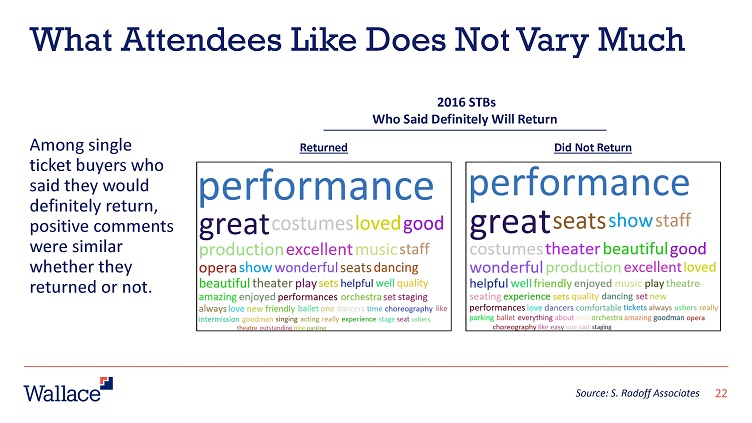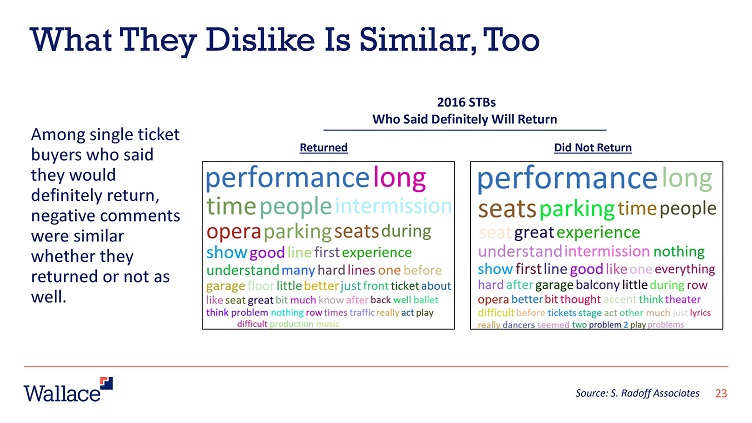I recently saw an article in The Guardian about a controversy that arose from misrepresenting reviews of a book by Jordan Peterson through the use of selective editing.
The Times columnist James Marriott tweeted an image of the cover featuring a quote from his review that appears to endorse the work. In the now deleted tweet, he wrote: “Incredible work from Jordan Peterson’s publisher. My review of this mad book was probably the most negative thing I have ever written.”
The quote attributed to Marriott read: “A philosophy of the meaning of life … the most lucid and touching prose Peterson has ever written.” The actual phrase from Marriott’s review is: “one of the most sensitive and lucid passages of prose he has written”, a description specifically about one chapter in an otherwise almost entirely negative review.
Other reviewers were likewise quoted out of context. The issue is causing one publisher to create a best practices document for their staff.
Nicola Solomon, chief executive of the SoA (Society of Authors), said that “quoting lines out of context isn’t clever marketing”, calling the practice “morally questionable”. Readers and authors “deserve honest, fair marketing from publishers. We can’t get that by undermining and misrepresenting one writer to boost the sales of another. It puts off reviewers from reviewing and readers from buying,” she told the Bookseller.
Solomon is later quoted as noting that this sort of editing of quotes likely qualifies as a criminal act under an English consumer protection regulation from 2008.
It may still be the case, but at one time this sort of creative omission was widespread in relation to movie reviews. I wrote a post about the practice, which is called contextomy, back in 2007. I basically wrote along the same lines as Nicola Solomon that the practice undermines confidence.
It also occurred to me that the growing push to use marketing language focused on the audience experience and needs is another reason to avoid using out of context reviewer quotes…or reviewer quotes at all. Quoting reviews that focus on the excellence of the artist and their achievements is often less helpful in making a decision to participate than customer focused language.
In the process of searching for my post on contextomy, I came across a 2006 post I made about how an obsessive focus on perfection can create an environment where anything less is viewed as a failure.
In there I quote a Juilliard professor:
“…an average graduate of law school or medical school can still have a decent career. But it is not possible, he said, for a successful artist to be only average.”
Shortly after, I quote Artful Manager author Andrew Taylor about the language used in arts marketing materials and grant reports:
Perfection, triumph, success, and positive spin. Their performances are always exceptional. Their audiences are always ecstatic. Their reviews are always resounding (or mysteriously missing from the packet). Their communities are always connected and enthralled. In short, they are superhuman, disconnected, and insincere.
In 2006 arts professionals were saying this sort of language comes across as disconnected and insincere, but it took another 10-15 years before this concept was embraced and repeated often enough for it to gain traction. Hindsight being what it is, that is nearly a decade of what could have been constructive marketing messaging that has been lost.
Though to be fair, social media platforms which are so useful in disseminating these conversations only became publicly available around 2006 (Twitter & Facebook) Linkedin was 2004 but wasn’t really hosting these conversations then.




There is another way. The Gewandhaus Leipzig in Germany (concert venue) offers flex- tickets for a small premium. Not an…